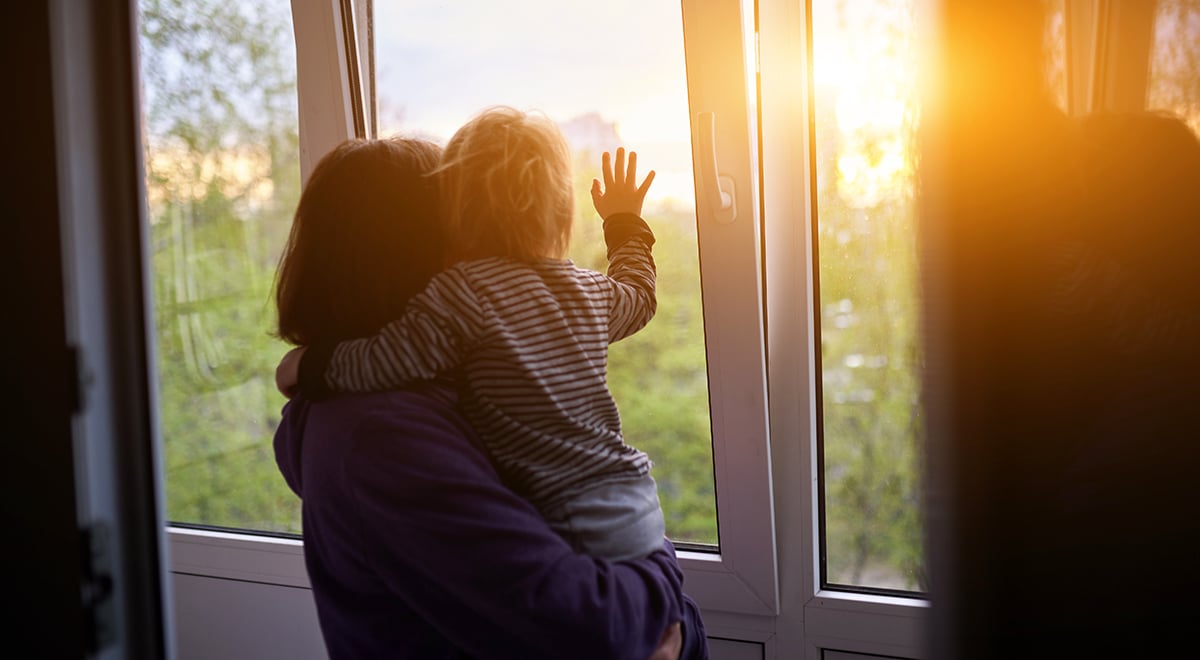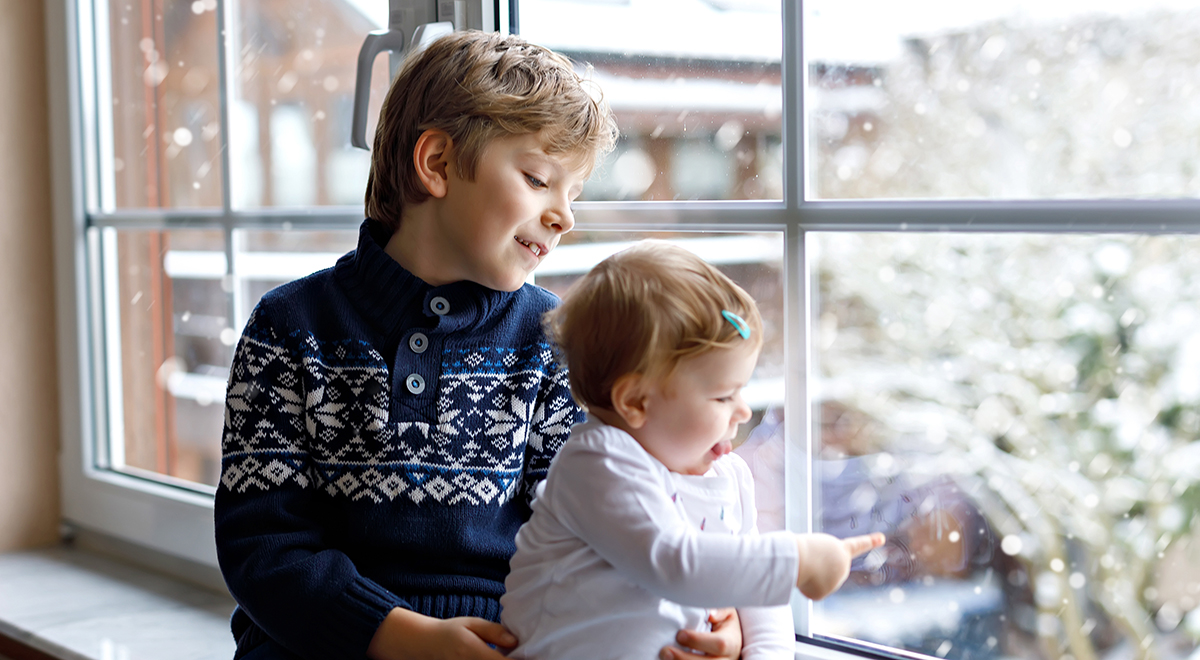Watching the snow gently fall through the window of a warm and well-insulated room, did you ever consider the instrumental role that PVC windows play to keep our homes comfortable and cosy during cold winters?
About 50% of windows produced in Europe are made from PVC, making it the most widely used polymer for window profiles and accounting for more than 90% of the volume of all polymers used for this application.
From the outside, PVC windows come in various design styles and sizes but it’s the technology inside that keeps our homes warm and safe.
Several air-filled chambers in the profile ensure good thermal insulation properties. The higher the number of chambers, the better a window profile’s insulating value.
Another important criteria for a window profile’s insulation effect is the so-called structural depth, which refers to the depth of the window profile. Modern window products have a structural depth between 65 and 105 mm.
To optimise a window’s thermal properties and provide maximum insulation, there is also the option to use foam-filled window frames. These are window units that are filled with foam to minimize thermal transfer that happens via the window frame.
Endless designs and systems
Looking at design, all PVC windows originally came in one colour, white, but today a variety of colours and textures can be obtained by applying a PVC film on the window’s surface. Some manufacturers offer profiles with acrylic surfaces for colouring. The acrylic layer is extruded on the PVC window profile and is highly resistant to weathering.
Window preferences vary from region to region but the unique versatility of PVC profiles allows for endless designs and systems including the tilt and turn system, vertical sliding sashes, the pivot system, fully reversible windows and finally traditional casement windows.

PVC windows’ endless design and development options drive continuous innovation:
- Glass fibre strips that reinforce window frames without creating any thermal bridge effect.
- Superior protection from noise, weather and increased security features against burglary.
- Developments in triple glazing to meet new passive housing standards.
- And of course more colours and finishes!
In a nutshell, PVC window systems are easy to clean, weather-resistant, UV-resistant, energy-efficient, have a long service life and are very easy to recycle into new windows.
Interested to find out what other construction applications this indispensable material enables? Make sure to look out for our upcoming House of PVC blog posts.
Coming soon: Episode 4 - Water for our homes




